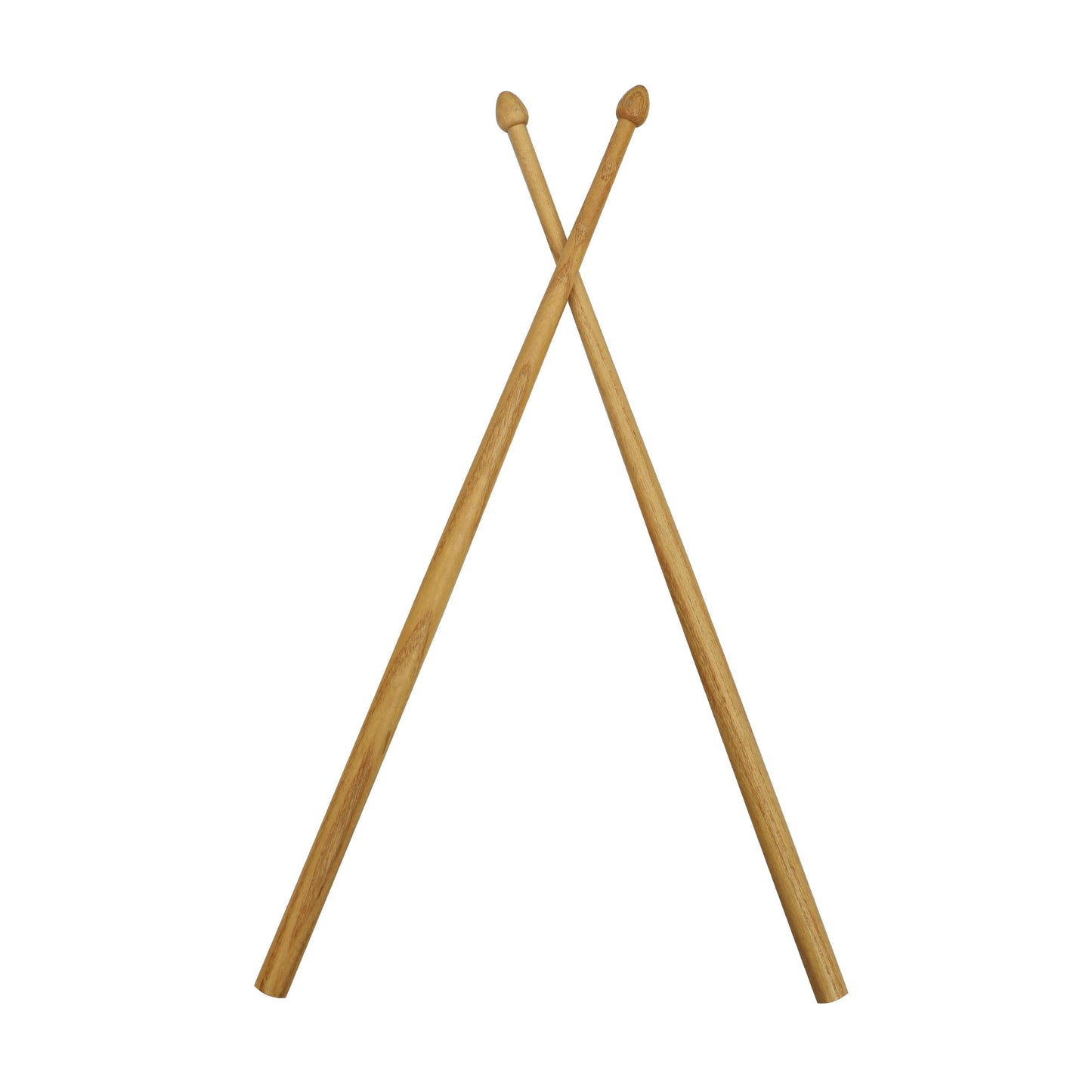Description
- EMS Renaissance Drum, 13” x 13”. Designed by The Early Music Shop of Bradford, England. This cylindrical drum features two heads, one equipped with a snare. When struck with drumsticks, the snare adds a vibrational element to the drum’s sound. Renaissance-style drums utilize a tension rim to secure the skin head, with the snare positioned on the bottom head.
- This drumming style has a rich history, originating as a traditional military drum. It was employed to regulate marching pace and signal during confrontations. In England during the Renaissance period, similar drums were known as tabors. The shallow tabor associated with the American Revolutionary War is sometimes referred to as a tom-tom. In France during the 18th century, these drums were known as tambours or tabrets and were closely linked to political resistance and rebellions against the French monarchy.
- As a military instrument, this drum was frequently used in conjunction with a wooden or metal pipe. Both instruments were played by a single individual, akin to a one-person band. The three-hole pipe was held and played with one hand, while the other handheld the drumstick and played the tabor suspended from the wrist, shoulder, or arm. Such snare drums were utilized in military bands until the 19th century, when they transitioned to becoming orchestral instruments. Presently, this style of snare drum is employed in parades and processions.
- Historically, these drums were crafted from solid timber, making them quite heavy. Modern replicas are crafted from aesthetically pleasing half-inch laminates for strength and portability. They feature mulberry rings on the top and bottom. Each drum comes with two drumsticks. A brass hook is included to facilitate suspension from a belt or strap while playing.










